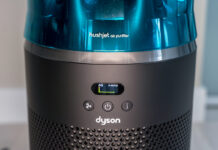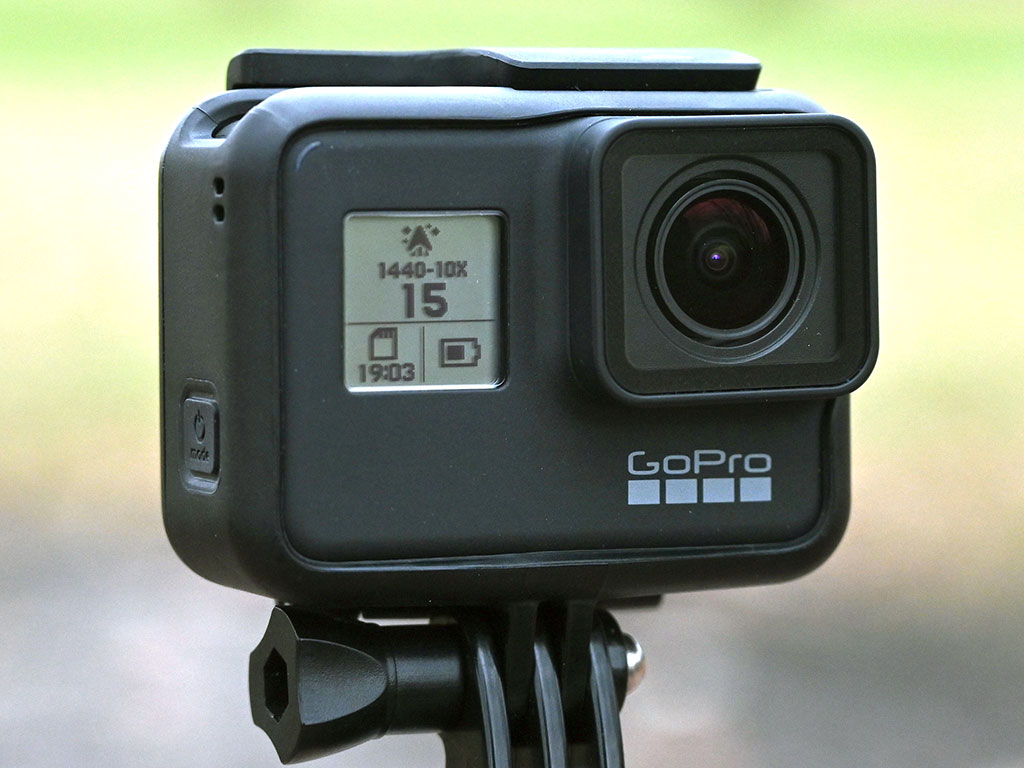
GoPro is back with a new action cam in the Hero7 Black, and in addition to a boost in image quality, the focus here is on making it easier to use.
This is very much an iterative upgrade to the excellent Hero6, rather than a major overhaul, but there’s enough that’s changed to make it an intriguing choice for video enthusiasts. The changes inside are not as much about video quality as they are about usability. Smoother video, a revamped interface and even some artificial intelligence (AI) round out a pretty full package.
Familiar design
There is virtually no difference between the Hero6 Black and Hero7 Black on the outside. Well, the colour is an obvious one, but outside of that, any other differences are purely cosmetic. With the same dimensions as before, any casings or accessories specific to the Hero6’s form factor work here, too. The body is still waterproof to the same degree—down to 33 feet under, including in saltwater.
The accessories in the box are also carbon copies. The bracketing frame, adhesive mounts, USB-C charging cable and 1220mAh battery. As before, there’s no microSD memory card, requiring you to get one. I would recommend no smaller than a 64GB card, but bigger is better.
Many of the similarities extend to the interior specs. They include the same 12-megapixel image sensor, same wide-angle lens and same resolution and speed options. Getting around the interface to adjust these things is noticeably different. The 2-inch touchscreen is a lot more swipe-heavy to emulate a smartphone. Swipe laterally from the home screen and you adjust the mode between Timelapse, Video and Photo. Swipe up and the most recent video starts playing. Swiping down reveals quick settings and preferences.
Video settings are easier to manage through the main menu on the home screen. That also provides a shortcut to the Protune features for more manual control. Tapping the video icon on the bottom left of the home screen brings up specific settings for each mode.
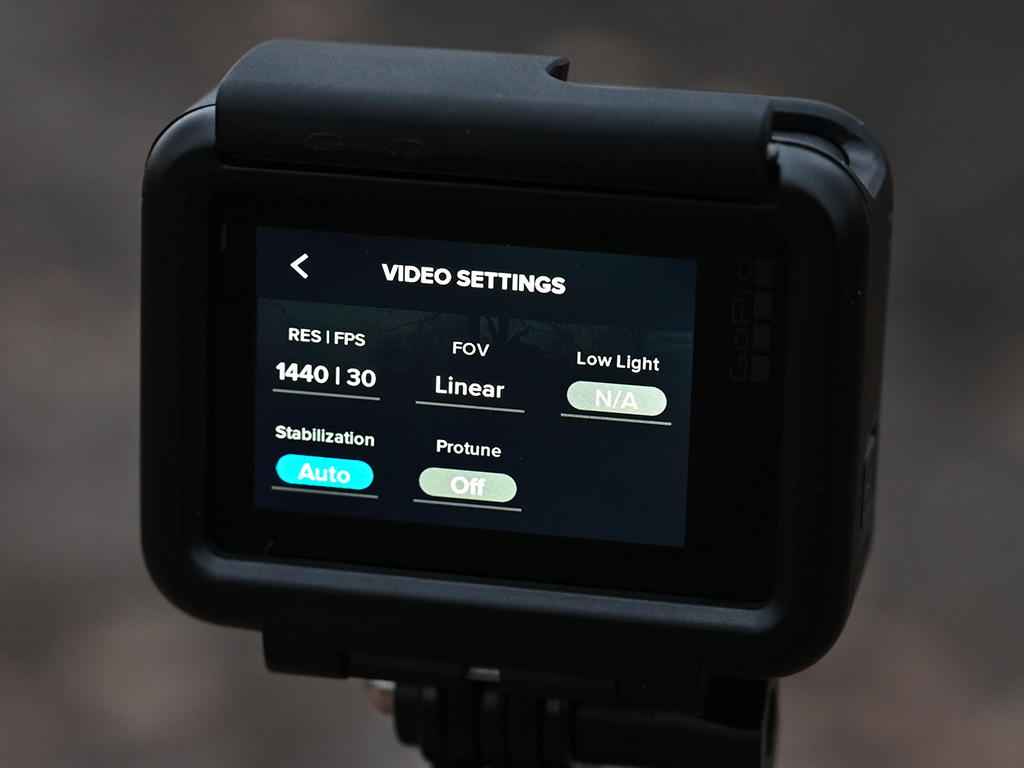
Footage and performance
The biggest performance impact is in the quality of footage related to stability. You don’t get a resolution bump but GoPro has smoothed out the shakiness of the past. The GP1 processor introduced in the Hero6 now works to stabilize video through improved electronic image stabilization. GoPro calls it HyperSmooth, which tries to act on movement before you actually move the camera.
Part of the motivation in going with smoother video is releasing users from their gimbals, selfie sticks and other mounts. Gimbals like the DJI Osmo 2, for example, are designed to smooth out all movement.
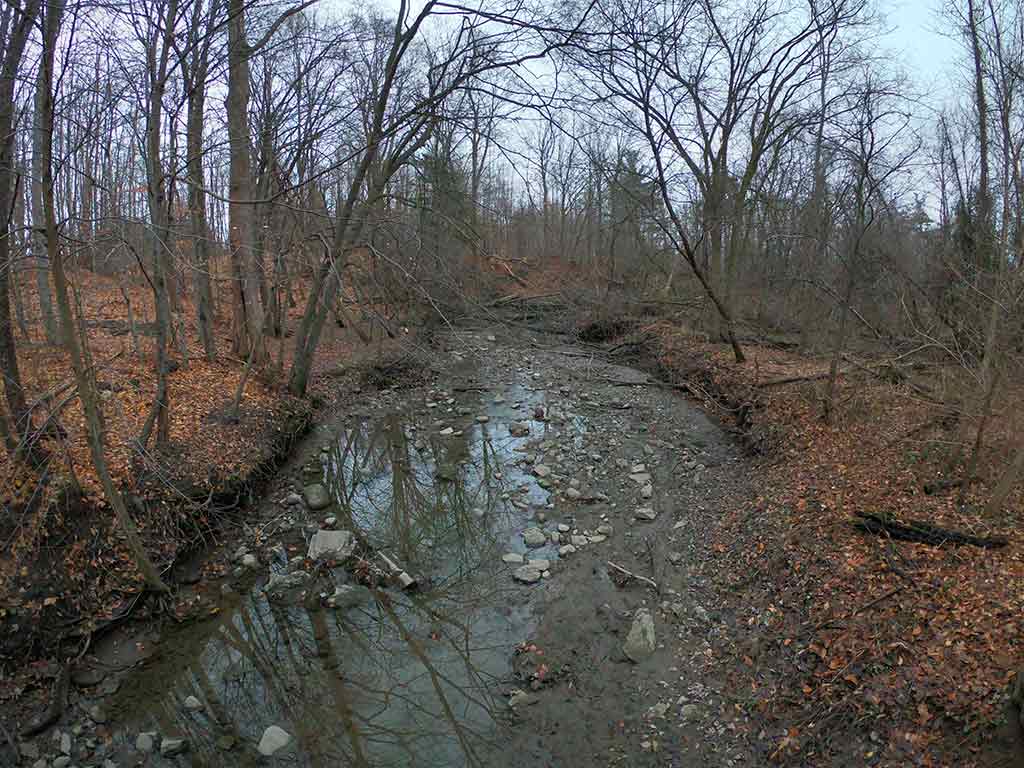
That’s not to say that HyperSmooth neutralizes all movement in the Hero7. It doesn’t. It’s just that it reduces the jerkiness or stuttering you might have seen from previous GoPros. There’s a combination of hardware and software pulling this off, and it works quite well. When using it while out driving or walking around, the resulting footage looked smoother than I’d ever seen before. I found a bigger impact when holding the camera in hand rather than when mounted on something. That doesn’t make the camera any less wearable, mind you, but it does make it easier to improvise while shooting.
It works when shooting at 30fps or 60fps and 1080p, 1440p or 4K, with the one exception being 4K at 4:3 aspect ratio. It also won’t work when shooting in slow-motion at 120fps or 240fps.
TimeWarp is another new mode that merges timelapse video with HyperSmooth to capture timelapse content while moving around. Previously, timelapse worked best when mounted on something or set up with a tripod or flat surface. Not anymore.
Additional features
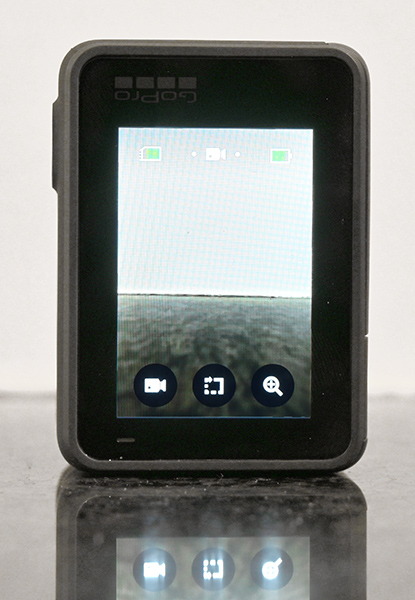 If you’re into social media and live streaming, GoPro wanted to get your attention with this camera. The Hero7 isn’t the first model to offer something like this, but it’s a lot easier now. Connecting to the GoPro app on iOS or Android via Wi-Fi brings up a live feed from the camera. Tapping the streaming button onscreen can start a live stream. As of this review, Facebook is the only real option, though YouTube would seem likely to come next.
If you’re into social media and live streaming, GoPro wanted to get your attention with this camera. The Hero7 isn’t the first model to offer something like this, but it’s a lot easier now. Connecting to the GoPro app on iOS or Android via Wi-Fi brings up a live feed from the camera. Tapping the streaming button onscreen can start a live stream. As of this review, Facebook is the only real option, though YouTube would seem likely to come next.
I can see the cachet in this. While you could easily live stream stuff directly from your phone, doing it from a GoPro only makes it easier to do it hands-free. Mount the camera onto your person or something else, like a helmet, a car, or whatever, and you can beam the world around you to everyone else. You do still need to have your phone handy (including a good LTE or Wi-Fi connection) to actually broadcast the stream.
That the Hero7 also does portrait orientation means an easy transition to Instagram Stories. There’s an option through the GoPro app to automatically copy over those videos to the connected phone and set them up for posting. Even for a standard video post to your wall, the same thing applies.
GoPro’s Quik app offers some editing tools to stylize or trim footage so that only the best moments make the cut. I should also note that GoPro tried to improve audio recording. With better microphones, voices and ambient sounds should not only sound better, but also evoke some feeling, too.
Then there are the voice commands. While not entirely new, telling the GoPro to shoot a video clip or snap a photo is supposed to be convenient—when it works, anyway. I opted not to really make use of it unless the camera was out of reach. Even then, I wanted to be sure it was actually recording.
Battery life
One battery-saving feature I appreciated was predetermining how long a video clip would be. For example, I could set a timer for 15 or 30 seconds, so that I capture the quick moment I need, without the risk of forgetting to stop it, leading to battery drain and my memory card swelling up with content I don’t need.
As I said previously, a backup battery is important. With everything at work here, the Hero7 simply isn’t great at staying on for long periods. Quick captures are fine for conserving power, but I would say having at least one backup will provide a lot of freedom when shooting.
Final thoughts
The GoPro Hero7 Black is, as stated, an iterative and incremental improvement over its predecessor. Is it worth upgrading from a Hero6? Only if the extra stability is really important to you. If not, then you’ll be fine because the image quality is otherwise unchanged. One could argue that greater stability is, in and of itself, an image boost. I would agree, but if better resolution and colour is what you were expecting, you won’t get that here.
The beauty of the GoPro is its versatility and reliability. Learn how to use it and you can capture some incredible imagery. It’s got a resourceful aftermarket of accessories and is just at home on the ground in hand or mounted on something. Whether it’s a stick, a helmet, a vehicle or even a drone, it’s a camera that can see in places others can’t.
The GoPro Hero7 Black is available now.



